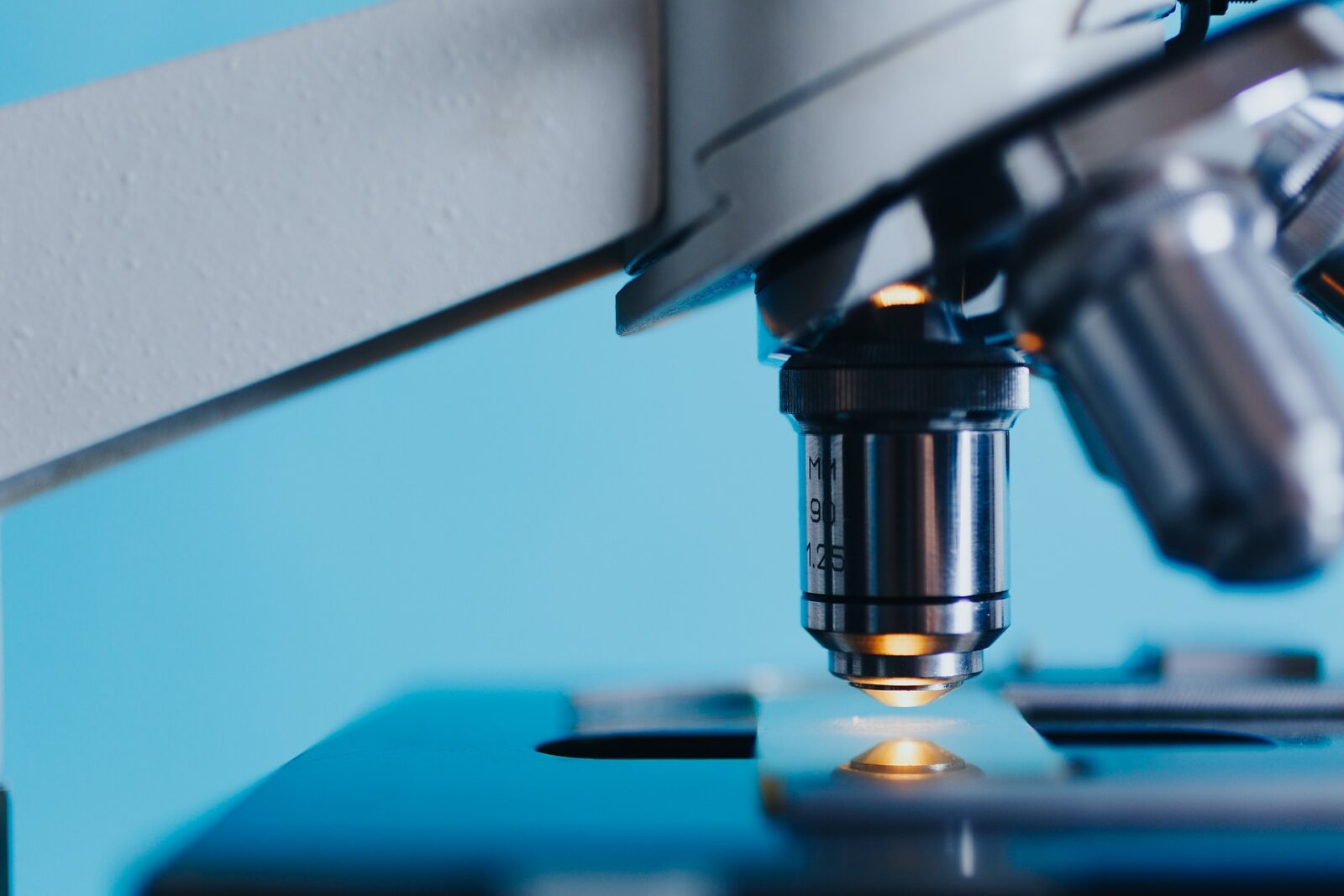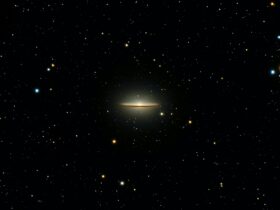A team of researchers has created a microscope that can view bacteria in soil and plants at the micrometer scale.
Scientists at Lawrence Livermore National Laboratory (LLNL) have created a specialized microscope to examine bacteria in soil and plants at the micrometer scale.
Scientists would benefit from live imaging of microbes in the soil to better understand how soil microbial activities occur on the micrometer scale, where microbial cells interact with minerals, organic materials, plant roots, and other microorganisms. Because the soil environment is varied and dynamic, these interactions may change significantly within a small region and over short durations.
Imaging biogeochemical interactions in intricate microbial systems, such as those at the soil-root interface, is critical for climate, agricultural, and environmental health research. Still, it is hindered by the three-dimensional (3D) collation of materials with a broad range of optical characteristics.
Microaggregates (250 m) produced and constructed by microbial breakdown of soil organic matter are inhabited by various microbial communities, possibly leading to very varied metabolisms and functions within the volume of soil collected for molecular, genomic, or physiochemical investigations. Microorganisms react quickly to changes in subsurface temperature, moisture, food availability, signaling molecules, and other factors, in addition to microbial heterogeneity.
The ‘Muddy’ Trials
Researchers have used various imaging techniques better to understand the spatial and temporal aspects of these processes. Still, the combined characteristics of soil and microbes, such as physical properties and length scales, continue to make screening and to characterize microbe-plant-soil interactions over time difficult.
X-ray computed tomography and magnetic resonance imaging have made some of the most spectacular breakthroughs in soil imaging in recent years. These modes are renowned for their ability to image deep into the soil, giving them an unparalleled understanding of plant and soil structure and even water flow. They’ve even been employed in real-time imaging.
However, due to contrast or resolution limits, these approaches cannot photograph microorganisms such as individual hyphae and bacteria. The LLNL researchers used optical technologies to see bacteria in soil and plants, such as imaging using light in the ultraviolet, visible, and infrared spectrums.
The LLNL chemist Peter Weber, the project lead noted:
“We wanted to image in the optical range because it is convenient, gentle and fast, but we knew that we needed to take a new approach to generating contrast to be able to image microbes in natural matrices,”
To provide contrast and chemical data for soil microorganisms in roots and minerals, the researchers devised a label-free multiphoton nonlinear optics technique that uses many imaging modes.
Janghyuk Lee, the lead scientist of LLNL, added that multiphoton microscopy provides several benefits over single-photon approaches such as typical fluorescence imaging and Raman. The primary benefit is that it offers a high signal with a reduced risk of sample destruction.
When compared to confocal microscopy, the approach developed by the LLNL team provides a potent signal for common microbe, plant, and mineral imaging; high contrast, label-free chemical imaging that can target diagnostic biomolecules and minerals; powerful signals from specific minerals and some biomolecules; and higher information content, deeper penetration, less scattering, and less photodamage. The study appeared in the journal Environmental Science and Technology.
The scientists used this technology to examine symbiotic arbuscular mycorrhizal fungal structures inside unstained plant roots in 3D to a depth of 60 m. High-resolution imaging was achievable at depths of up to 30 m in a clay particle matrix and 15 m in complex soil preparation.
Ted Laurence, an LLNL physicist and senior author on the work, added:
“Our next step is to combine adaptive optics into this system and try to scan deeper.”
The approach enabled the researchers to uncover previously unknown lipid droplets in Serendipita bescii, a symbiotic fungus. In a soil microcosm, they also saw unstained hypothetical bacteria connected with the roots of the Brachypodium distachyon.
Sonny Ly said:
“Our results show that this multimodal approach holds significant promise for rhizosphere and soil science research. We are particularly excited about the microscope’s potential for chemical imaging, such as identifying lipids in the fungus.”
Rachel Hestrin, Keith Morrison, Erin Nuccio, Jennifer Pett-Ridge, Christina Ramon, and Ty Samo are other LLNL scientists.












Leave a Reply